Cricket Ball Sapota ( Grafted )
₹299
Experience the unique sweetness of the Cricket Ball Sapota, a captivating fruit tree renowned for its distinctive, cricket ball-shaped fruits. This grafted variety ensures consistent fruit production and inherits the desirable traits of its parent plants. Indulge in the rich, creamy, and subtly sweet flavor of this exotic fruit, perfect for fresh consumption, desserts, and juices.
55 people are viewing this product right now
🔥 8 items sold in last 3 hours
Experience the unique sweetness of the Cricket Ball Sapota, a captivating fruit tree renowned for its distinctive, cricket ball-shaped fruits. This grafted variety ensures consistent fruit production and inherits the desirable traits of its parent plants. Indulge in the rich, creamy, and subtly sweet flavor of this exotic fruit, perfect for fresh consumption, desserts, and juices.
Key Features & Benefits
- Unique Fruit Shape: The iconic cricket ball-shaped fruits add a fascinating element to your garden.
- Delicious Flavor: Enjoy the rich, creamy, and subtly sweet taste of the Sapota fruit.
- Grafting Advantage: Ensures consistent fruit production and inherits desirable traits from parent plants.
- Easy to Grow: Relatively low-maintenance and suitable for both experienced and novice gardeners.
- Ornamental Value: Adds a touch of tropical beauty to your landscape with its lush green foliage.
Plant Care Guide
Ideal Plantation Locations
Cricket Ball Sapota thrives in warm, tropical, and subtropical climates. It prefers well-drained, fertile soil rich in organic matter. Suitable regions include coastal areas and regions with ample sunlight.
Planting & Gardening Instructions
- Location: Choose a sunny location with at least 6-8 hours of direct sunlight daily.
- Soil Preparation: Prepare the soil by digging a hole slightly larger than the root ball. Mix well-rotted organic matter like compost or manure into the soil.
- Planting: Gently place the grafted plant in the hole, ensuring the graft union is above the soil line. Backfill with the prepared soil, firming it gently.
- Spacing: Allow adequate space between plants, typically 10-15 feet, to ensure proper growth and air circulation.
Watering
Water the plant deeply and regularly, especially during the initial establishment phase. Reduce watering frequency during the rainy season. Avoid overwatering, as it can lead to root rot.
Fertilizers
Apply a balanced NPK fertilizer (like 10-10-10) every 2-3 months during the growing season. Supplement with organic fertilizers like compost tea or bone meal for enhanced fruit production.
Repotting Instructions
Re-potting may be necessary for container-grown plants when they outgrow their pots. Choose a pot slightly larger than the current one and use well-draining potting mix.
Fruiting Season
The fruiting season typically occurs during the late summer or early autumn months.
Usage Ideas
- Enjoy fresh Sapota fruit as a healthy snack.
- Use Sapota pulp to make delicious smoothies, juices, and desserts.
- Incorporate Sapota into salads and fruit platters.
- Grow as an ornamental tree to enhance the beauty of your garden.
Care Tips
- Protect the plant from strong winds and heavy rainfall.
- Regularly inspect for pests and diseases, and take appropriate measures if necessary.
- Prune the plant regularly to maintain its shape and encourage healthy growth.
- Mulch around the base of the plant to conserve moisture and suppress weeds.
Only logged in customers who have purchased this product may leave a review.
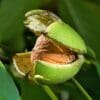
₹439
Related products
Designed, Developed & Maintained by Growww.
Copyright © 2024 Ashok Chakra Nursery

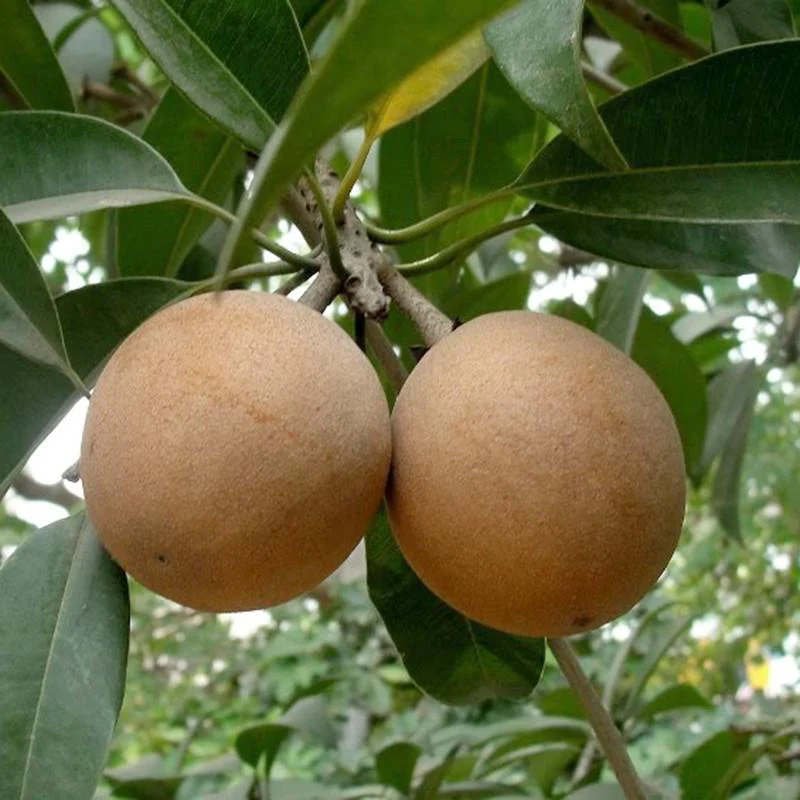
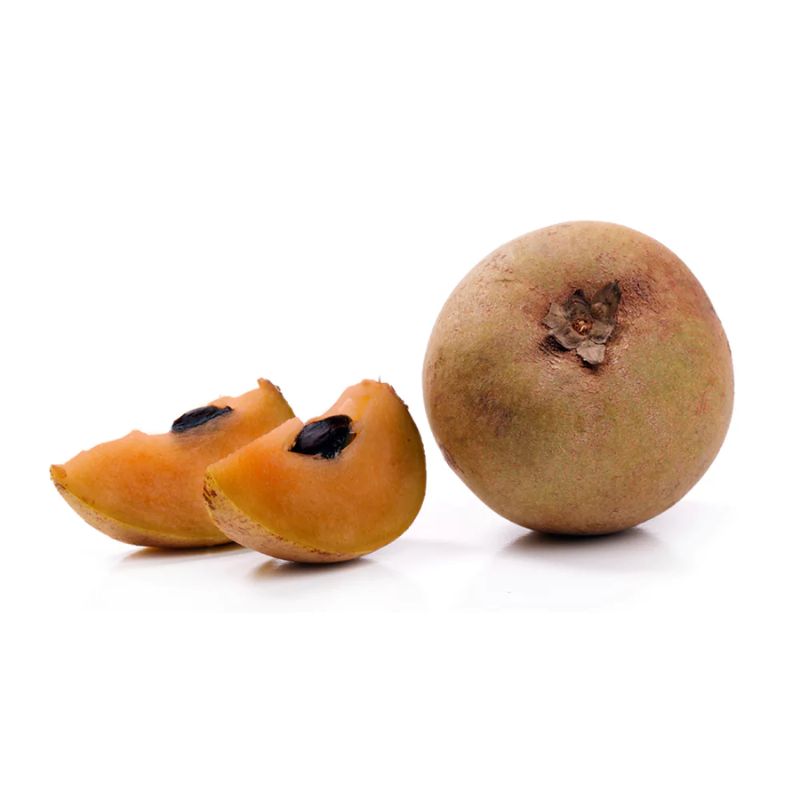
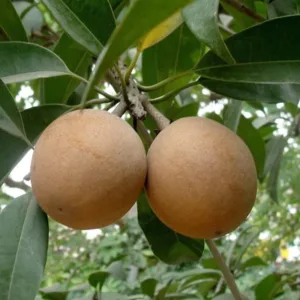
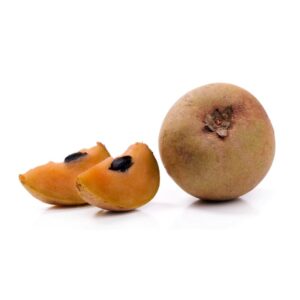

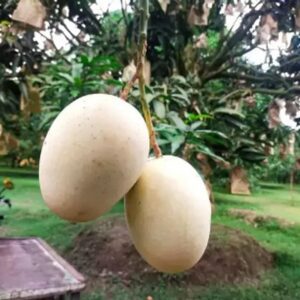
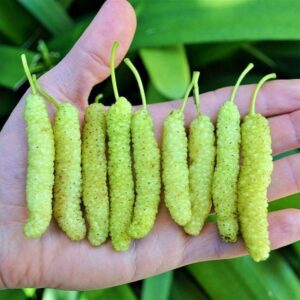

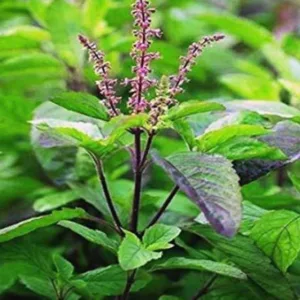
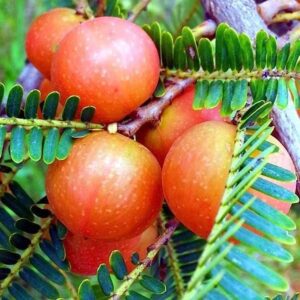
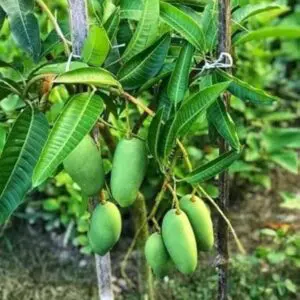
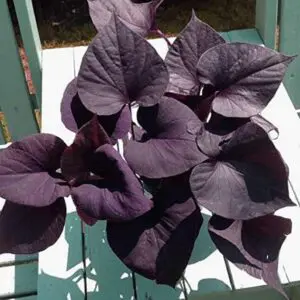
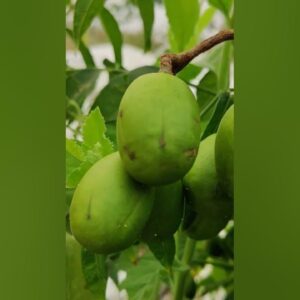
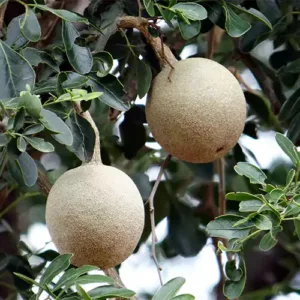
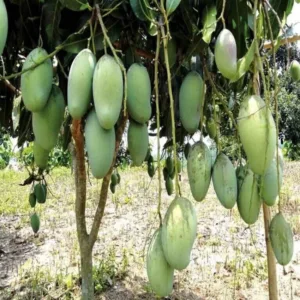
Reviews
There are no reviews yet.